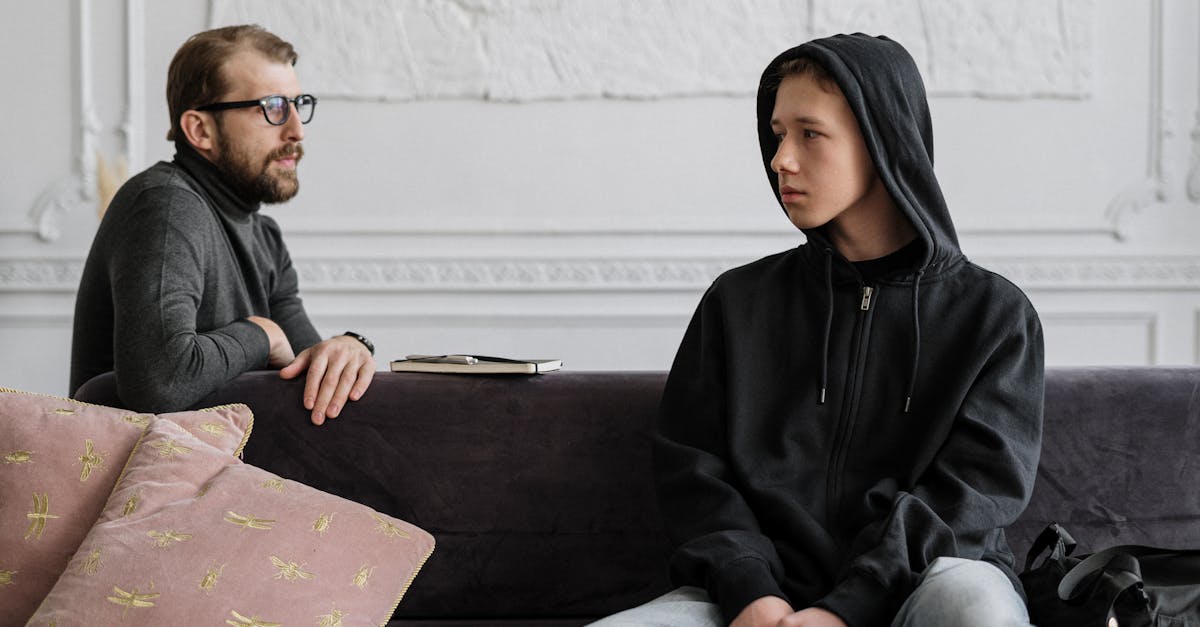
The Importance of Hand-eye Coordination in Child Development
Benefits of sporting activities for children
Engaging in sports offers numerous advantages for children, particularly in enhancing their hand-eye coordination. Activities like basketball, soccer, and tennis require precision and timing, fostering the development of these crucial skills. As children participate in team sports, they not only learn to coordinate their movements but also gain confidence in their physical abilities. The repetitive nature of sporting drills helps reinforce coordination, making it easier for children to process visual information and react swiftly.
Furthermore, sporting activities often promote social interaction among peers. Through teamwork, children learn important social skills such as communication and cooperation. These experiences can lead to improved self-esteem as children navigate challenges and celebrate achievements together. Physical fitness plays a vital role in overall health, creating a well-rounded foundation for future success in various life aspects.
The Role of Occupational Therapy
Occupational therapy plays a vital role in supporting children who experience challenges with hand-eye coordination. Therapists assess individual needs and develop tailored strategies to enhance coordination skills. These strategies can incorporate everyday activities and play to make learning engaging. Through targeted exercises, children can work on improving their motor skills in a supportive environment.